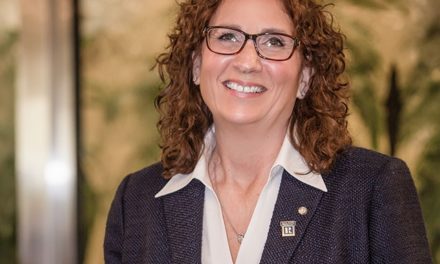Reverse mortgages may help Baby Boomers through retirement.
With an average of 10,000 Baby Boomers reaching retirement age daily—many without significant retirement savings, or hit hard by the economic downturn—the ability to tap into accrued equity in the form of a reverse mortgage is a boon to an aging population. Equity is the endgame to homeownership. Or as James Brown put it, “The big pay back.”
A reverse mortgage is a “loan” of sorts, available to homeowners over the age of 62 to be used for just about anything—except stock market investment or speculation. Simply put, the traditional mortgage payback stream is reversed, and the lender pays the homeowner one lump sum at closing; a line of credit with a growth factor; or monthly installments of up to $625,000 over a specified period, depending on equity accrued.
“Reverse mortgages were conceived as a means to help retirees with a limited income,” Saleem Attaie of C2 Reverse Mortgage said. “It allows them to use the accumulated wealth in their homes to cover basic monthly living expenses, health-care expenses, and remain in their homes as long as feasible.
“Reverse mortgages have gotten a bad rap, mainly because of the dissemination of incorrect information,” Attaie said. “They’re a complex product, but they are not a scam. You’ll hold title to your home as long as you live in it, and there are no additional monthly payments towards the loan balance. However, you’re required to remain current on your property tax and homeowner’s insurance.”
Being administered by the Department of Housing and Urban Development and being insured by the Federal Housing Administration lend credibility to reverse mortgages, also known as Home Equity Conversion Mortgages, or HECM.
There are some downsides to a reverse mortgage, mainly in the fee structure, which can be higher than a conventional mortgage, and some lenders charge the maximum allowable origination fee for their time and trouble. This fee varies based on the value of your home, but is capped at $6,000.
And, like a traditional mortgage, expect third-party charges like appraisal and recording fees, title searches, and inspection costs, to name a few. You should also be prepared to pay a mortgage insurance premium at closing. However, the good news is all these fees can all be financed into your loan. It is your money after all.















